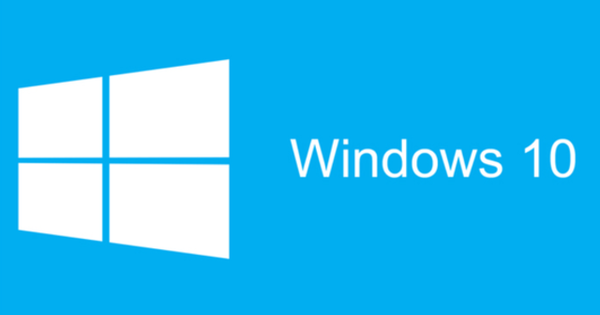There are several ways to save power on your PC, but the most well-known are probably the Sleep and Hibernate modes. These options are ideal if you're going to be away from your PC for a while and will be back soon. What should you know about sleep and hibernation mode in Windows 10?
Tip 1: Sleep and hibernate mode
In Windows 10, if you go to on off you will be given several options. To block and Restart speak for themselves, but what do mean Sleep mode and Hibernate? Both methods will save your system power, but they do it in a different way. Sleep mode copies the current state of Windows to working memory. Then all other hardware is turned off. In short, your working memory continues to consume energy. Hibernate mode works a little differently. The current state of Windows is stored in a file (hiberfil.sys) on your hard drive (or SSD). The advantage of this is that your system uses even less power than in sleep mode.
Hybrid Sleep Mode
Tip 2: Speed VS Disk Space
If we put both methods against each other, the advantage of hibernation is that it works much faster. This energy-saving mode is active faster and your system wakes up much faster too. The downside is that power is still used. This is much less than leaving your system on, but slightly more than in sleep mode. Hibernate mode always takes a while to become active. On a fast test system with SSD, this takes about ten seconds. This compared to two seconds for sleep mode. Another drawback is that the hiberfil.sys working file can take up many GBs. If you have a small SSD, this is not pleasant.
Tip 3: Turn Hibernate on or off
If you want to use hibernation mode but this mode is not available behind your on/off button in your start menu, you can easily activate this part. In the Windows start menu, enter the search query Command Prompt and right click on this item. Choose Run as administrator. Give the order powercfg -h on followed by pressing Enter. With the command dir /ah c:\hiberfil.sys see if the 'hibernate file' is present and how large this file is.
If you no longer want to use hibernation and the Windows 10 hibernate mode is enough, you can delete the item with the command powercfg -h off Switch off. The hiberfil.sys file will automatically disappear and the disk space will become available again.

Tip 4: Close lid, sleep or hibernate?
If you're using a laptop, you may want to change whether it goes to sleep or hibernate when you close the device. You can and do that Control Panel / Hardware and Sound / Determine the behavior of the lid closing. On the same page in the control panel you will also find the settings for the power and sleep button. Please note that the adjustments you make here will be applied to all energy schemes.
If you want to get started with even more power management, take a look below Control Panel / Hardware and Sound / Power Options Change Plan Settings / Change Advanced Settings. You will find there, among other things, the possibility to change the behavior of the Power buttons and lid can be adjusted per energy schedule.

More options
If you want more energy-saving settings, you can go to the Power Options and Sleep menu in Windows 10. Here you can, for example, set when your screen should turn off when you're not using your PC or you can create a power plan, which allows you to set default profiles, so to speak. creates for every situation where you use your PC. If you plan to play games, choose a profile with an emphasis on performance. In this profile you save less energy. When you return to work at some point, you can choose a different schedule that saves more energy by decreasing your PC's performance slightly where possible.

